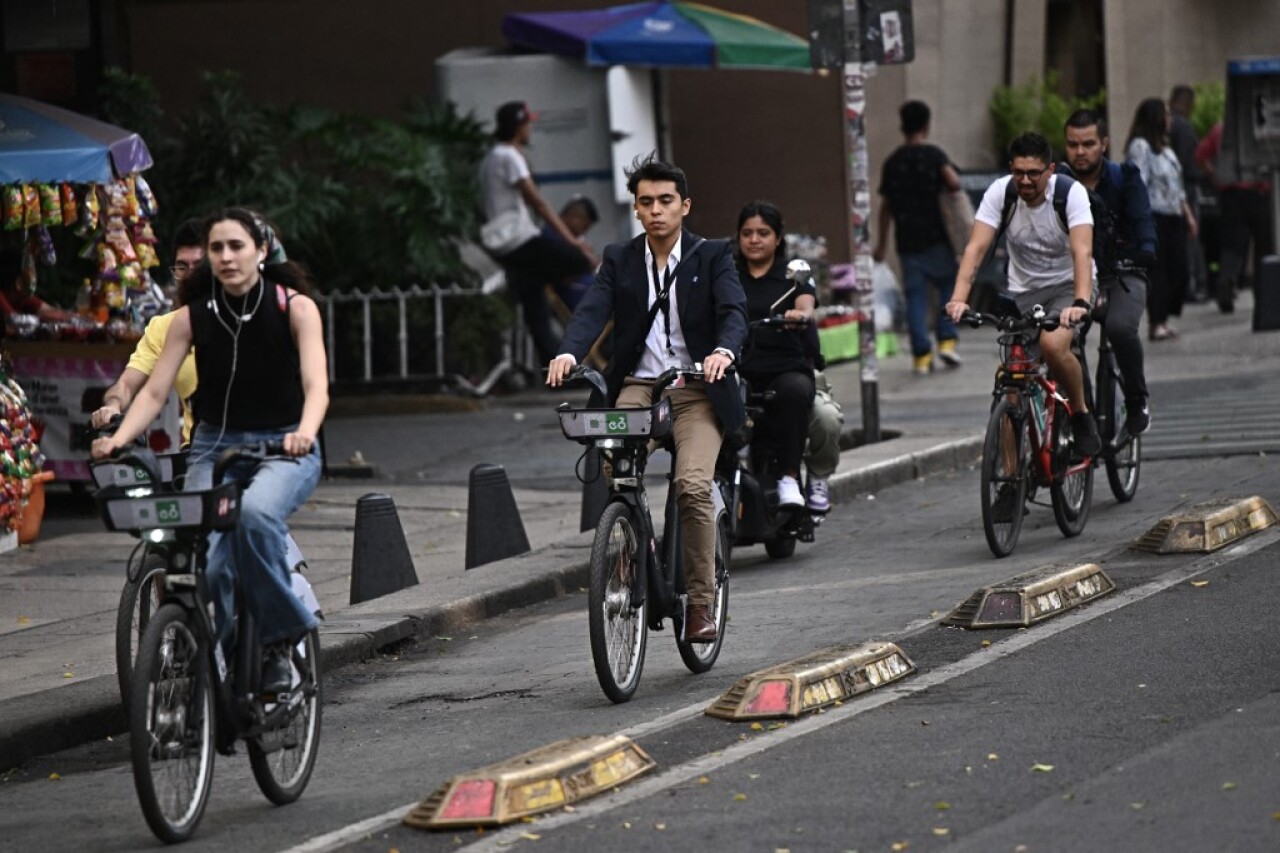
The use of bicycles has experienced a significant boom in the main metropolitan areas of Mexico. However, the supply of cycle paths continues to be concentrated in central municipalities.
In Mexico City, more than 2% of all trips are made by bicycle, driven by a network of more than 230 kilometers of bicycle paths, of which 11 kilometers constitute its first metropolitan bicycle path, connecting Naucalpan to Mexico City. The Guadalajara Metropolitan Area estimates around 2.7% of trips by bike and has been a pioneer in the creation of a metropolitan network of bicycle paths. The Monterrey Metropolitan Area, although just beginning to invest in bicycle infrastructure, has the opportunity to promote the reduction of car use through the development of metropolitan bicycle paths that connect its 11 municipalities.
In the Valley of Mexico, it is estimated that 650 million hours are collectively lost each year due to congestion. In this context, the impact of cycling on reducing traffic and decongesting metropolitan roads is undeniable; each cyclist potentially represents one less car on the road.
The new metropolitan cycle path in the Valley of Mexico, which reduces a 40-minute trip during rush hour to just 20 minutes by bicycle, is a clear example of how cycle paths can redefine urban mobility. Beyond time efficiency, this type of infrastructure promotes better connections between the different territories that make up metropolitan areas, facilitating integration between peripheral and central areas.
In addition to reducing our travel times, cycling promotes more equitable mobility, providing an accessible and affordable means of transport, especially for the most vulnerable sectors. However, there is still much to be done on the social justice agenda to ensure that the planning of these infrastructures ensures that the benefits of cycling mobility are distributed equitably.
One of the main challenges in establishing cycling infrastructure networks and ensuring their use will undoubtedly be to promote intermodality. The multiplier effect of bicycle use is particularly significant in areas where cycle paths are well integrated into the public transport network, allowing cyclists to combine different modes of transport and optimise their routes.
The extension of bicycle docking systems type Ecobike The implementation of bicycle sharing systems throughout the metropolitan area will be key to promoting their use on a metropolitan scale. These systems not only facilitate the daily use of bicycles, but also foster a culture of mobility, offering users a flexible and affordable transport solution that adapts to their daily travel needs.

















